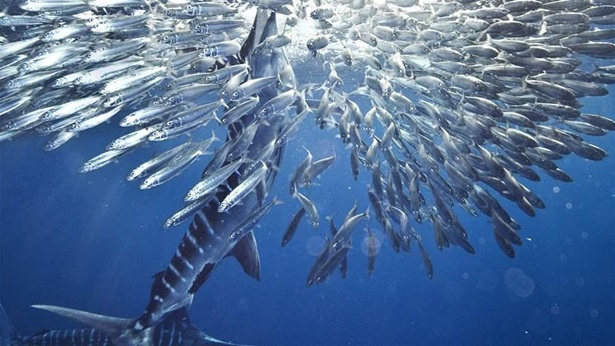California Decision Extends Forage Fish Protection Along Entire West Coast
Vital part of marine food web off-limits to commercial fishing
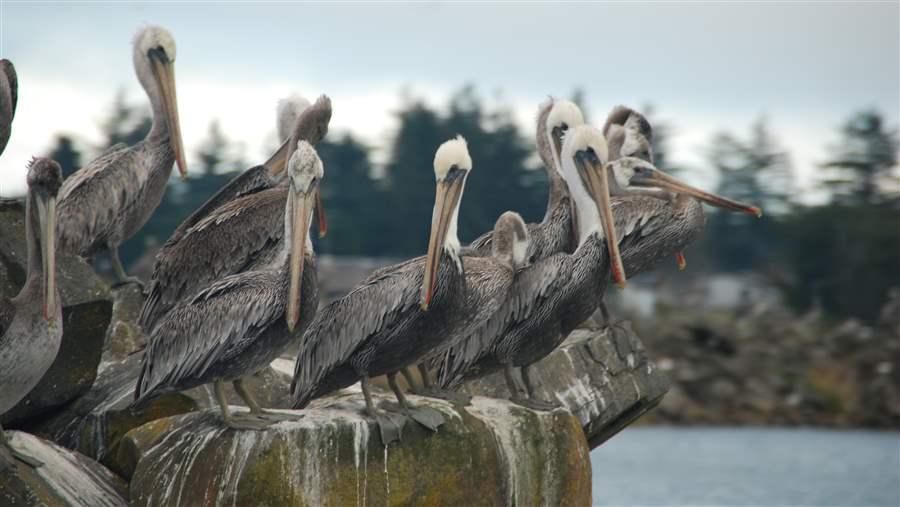
New regulations protecting forage fish in California will help ensure that brown pelicans and other seabirds have enough to eat.
© The Pew Charitable Trusts
April 15 usually stands out on the calendar as Tax Day. This year, it was also a day of distinction for California’s ocean health. The California Department of Fish and Wildlife (CDFW) finalized regulations to protect seven broad groups of forage species in state-managed marine waters. This ensures that small, nutrient-rich fish such as smelt and sand lance as well as several groups of squid are off-limits to commercial fishing until there is clear scientific evidence that it won’t harm other fisheries or the larger ecosystem.
By adopting these regulations—which mirror federal rules put in place last year—CDFW is safeguarding a vital part of the marine food web: dozens of fish species that sustain California’s most valuable sport and commercial fish, such as salmon and tuna, as well as its cherished marine mammals and seabirds.
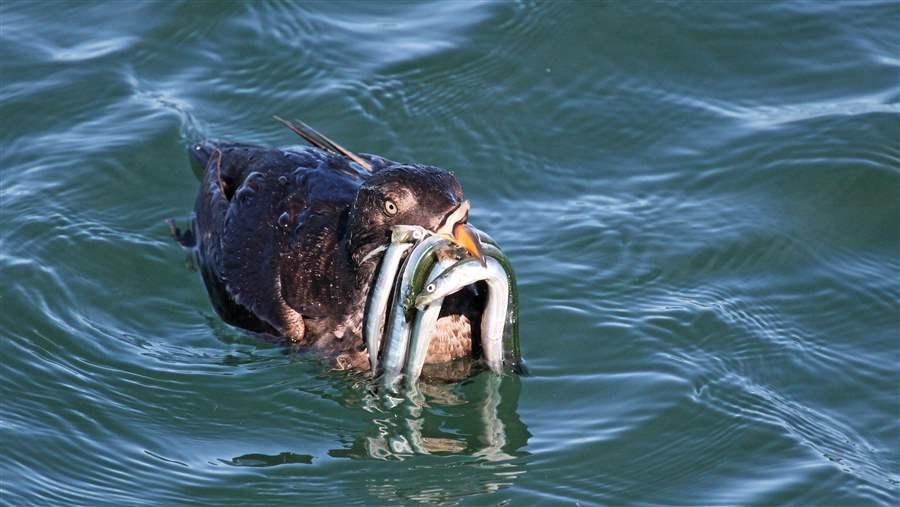
Small, nutrient-rich fish are vital food for seabirds—such as this rhinoceros auklet—and for marine mammals and larger fish, such as salmon and tuna.
© Andrew Reding
California’s action means that these forage fish are now protected along the entire West Coast from the shoreline to 200 miles into the Pacific Ocean. Oregon approved similar protections for unmanaged forage fish in late 2016, and Washington has had precautionary management in place since the late 1990s. With California’s new regulations, forage species that are not commercially fished are protected in 322,000 square miles of state and federal waters.
CDFW’s forage protections also are key to implementing the state’s visionary Forage Species Policy. Adopted in 2012 by the California Fish and Game Commission, the policy recognizes the importance of forage fish to California’s marine ecosystems and seeks to “prevent the development of new or expanded forage fisheries” without full scientific review. This kind of precautionary approach, now applied seamlessly across state and federal waters, is a cornerstone of ecosystem-based fisheries management. It’s also an approach that The Pew Charitable Trusts and our conservation, fishing, and birding allies have worked hard to support over the past several years. Protecting the prey base for marine wildlife will help ensure that the Pacific Ocean continues to support thriving sport and commercial fisheries, seabird populations, and marine mammals for generations to come. That’s one of many reasons these little fish are a big deal for California—and the entire West Coast.
Paul Shively directs Pacific Ocean conservation campaigns for The Pew Charitable Trusts.


America’s Overdose Crisis
Sign up for our five-email course explaining the overdose crisis in America, the state of treatment access, and ways to improve care
Sign up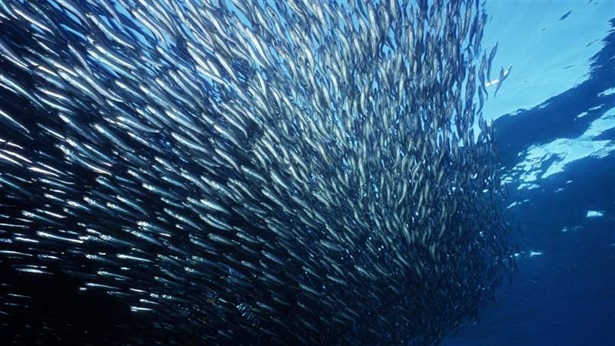
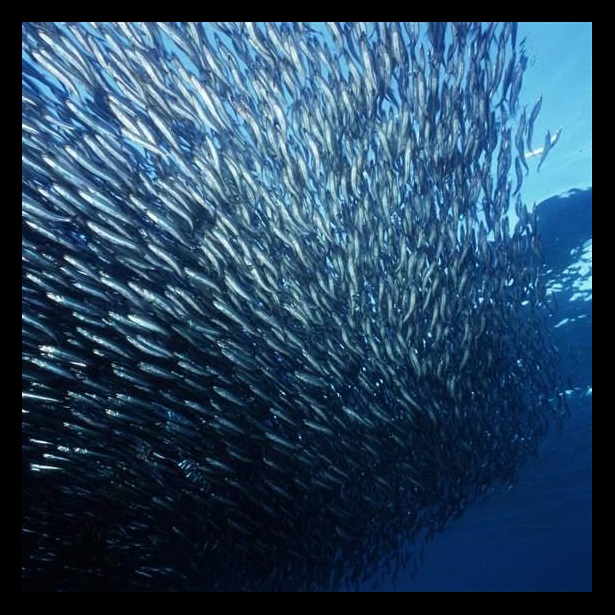
5 Reasons to Protect Northern Anchovy
The vital forage fish, which feeds dozens of species, is likely near historic lows
